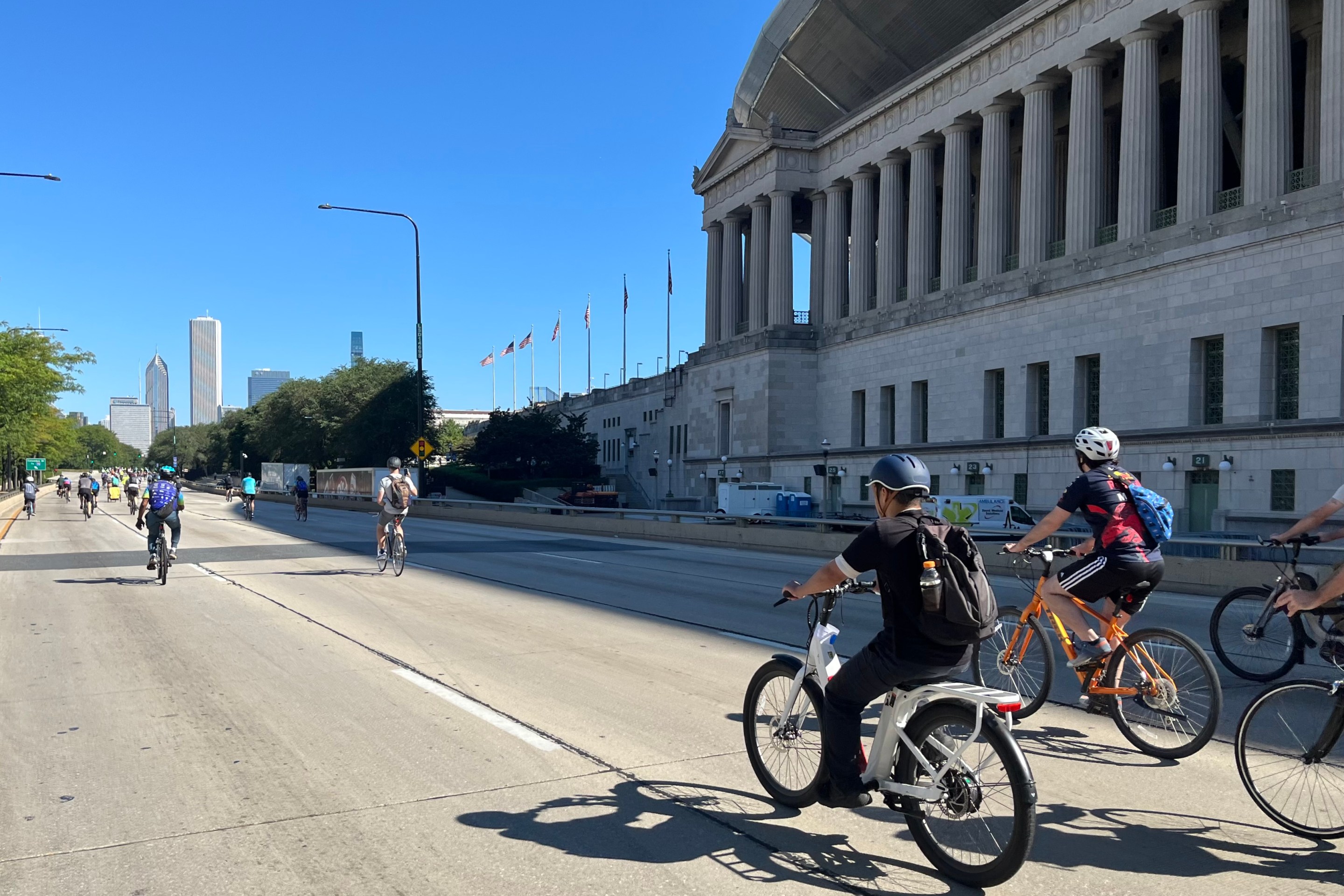
The Seattle region's 62-mile transit expansion plan has some serious flaws. Namely, the city of Seattle, where the ridership needs are greatest, gets short shrift compared to suburban areas.
Zach Shaner at Seattle Transit Blog argues that ST3, as the plan is called, also gets a lot right. Instead of running on defunct freight tracks or operating at-grade on surface streets, the expansions will be built on new rights of way and key segments will be grade-separated. The upshot is that Seattle's rail lines will run bigger trains more frequently than comparable American systems, Shaner writes:
Imagine an alternate universe for a moment. In 2023 you come to the opening day of 145th Street Station in Jackson Park. You wait 15 minutes for a 2-car, rush-hour train. The train departs along 5th Avenue Northeast, going through 13 at-grade crossings just en route to its first stop at Northgate. 110 minutes, 33 miles, and more than 100 additional at-grade crossings later, you arrive in Federal Way, having traveled on the surface through Roosevelt Way, Eastlake, South Lake Union, Stewart St, 2nd Avenue, 4th Avenue South, East Marginal Way, and SR 99. That doesn’t sound very appealing? In a nutshell, I’ve just described Portland’s MAX Blue Line. The actual train we’re building will be twice as long, come 5 times as often, and get you to Federal Way a full 50 minutes faster.
We frequently wonder around here why our transit-building schemes are slow and expensive, and I’ve offered my best attempt at the process side of the equation already. But today I want to propose another reason: to put it bluntly, we’re building the good shit and nobody else is.
This is not intended to troll the commenters ready to erupt in apoplexy over legitimate microfights on urban stop spacing or the merits of suburban rail, so let me explain. The Portland example above is intended to show that our peer cities in the U.S. tend to cut corners we aren’t cutting, enabling them to quickly and cheaply build low capacity, infrequent, primarily at-grade systems. By contrast, only two regions (Seattle and L.A.) are building high-quality, frequent, grade-separated transit in the contemporary United States, and both have the price tags to prove it. ST2 and ST3 are grand experiments to determine if the public has the appetite and the open pocketbook to build yesterday’s quality at today’s prices.
Simply put, no other agency in the country is planning two new 6-minute lines the way we are. Dallas is the worst offender here, with each of its 4 lines running every 20 minutes in order to accommodate 5-minute combined headways on the surface streets of Downtown Dallas. In Denver, heavy reliance on legacy freight corridors has left 5 lines (C/D/E/F/H) running every 15 minutes to share the same double track between I-25/Broadway and Downtown Denver (though their trains are fast and reliable). In Portland, shared use of the Steel Bridge limits 4 lines to 15 minutes each. Minneapolis does better, with 10-minute headways per line sharing a few stations in Downtown Minneapolis, but likely could not expand significantly.
Los Angeles does well, with its main subway running every 10-12 minutes all day, and the Red/Purple lines interlining for 6-minute service east of Vermont Avenue. Its light rail lines escape the other cities’ fate by operating mostly independent of one another.
But Seattle is doing something different. We could probably follow other cities’ path and cut frequency to 15 minutes on our nascent Red and Blue lines, build the Green Line to run every 15 minutes in the current tunnel, and have combined 5-minute service between them. But instead we’re choosing to have our branches be as robust as other cities’ trunks, and we’re not only foregoing surface rail, but we’re proposing to build a second subway instead.
Good points, but they also reinforce why the debate over where to expand is important, not just a "microfight." A high-capacity transit system is valuable because it can serve areas of high demand. Building a system that doesn't serve those areas well is another way of cutting corners.
Elsewhere on the Network today: Transportation for America reviews how California dumped the hated "level of service" standard for measuring streets and says other places should do the same. The Wash Cycle reports that D.C. passed legislation to protect cyclists, but it doesn't include an "Idaho Stop" provision. And Mobility Lab looks at what makes bicycling so Davis, California.





